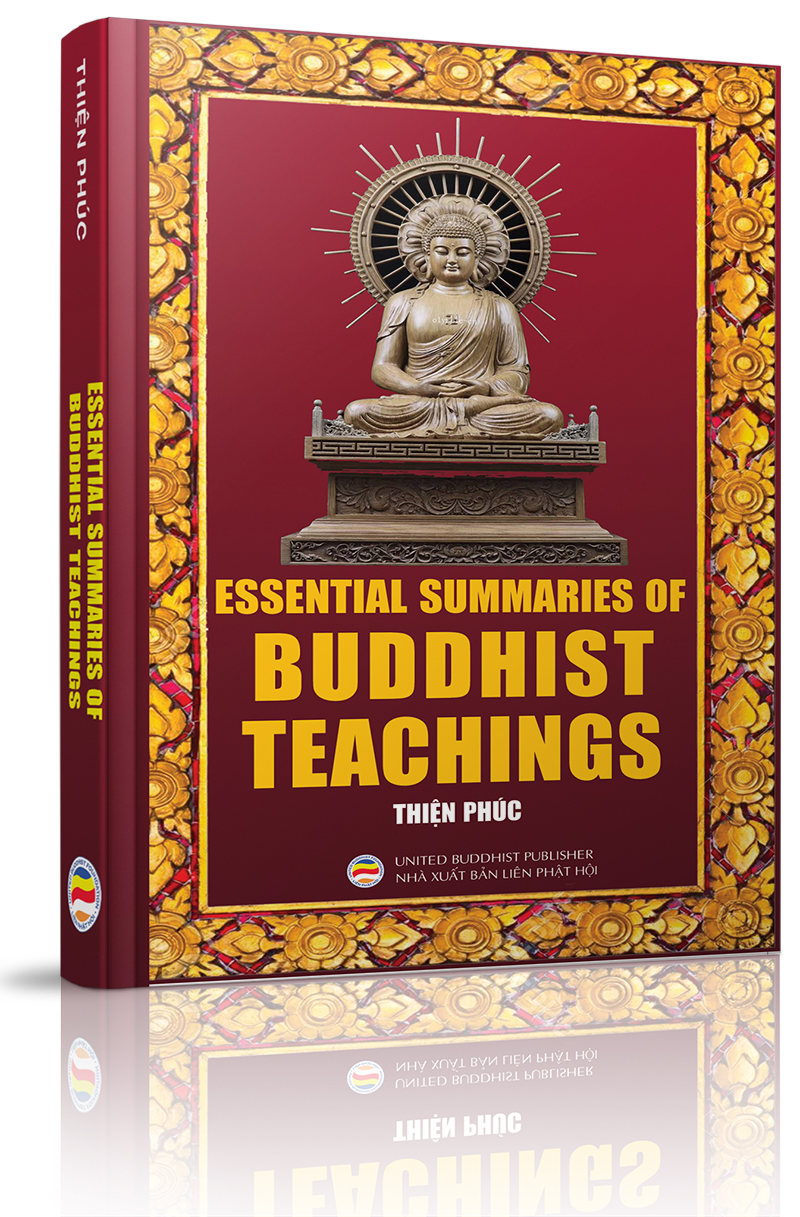Nếu bạn nghĩ mình làm được, bạn sẽ làm được. Nhưng nếu bạn nghĩ mình không làm được thì điều đó cũng sẽ trở thành sự thật. (If you think you can, you can. And if you think you can't, you're right.)Mary Kay Ash
Thành công là khi bạn đứng dậy nhiều hơn số lần vấp ngã. (Success is falling nine times and getting up ten.)Jon Bon Jovi
Mục đích chính của chúng ta trong cuộc đời này là giúp đỡ người khác. Và nếu bạn không thể giúp đỡ người khác thì ít nhất cũng đừng làm họ tổn thương. (Our prime purpose in this life is to help others. And if you can't help them, at least don't hurt them.)Đức Đạt-lai Lạt-ma XIV
Những chướng ngại không thể làm cho bạn dừng lại. Nếu gặp phải một bức tường, đừng quay lại và bỏ cuộc, hãy tìm cách trèo lên, vượt qua hoặc đi vòng qua nó. (Obstacles don’t have to stop you. If you run into a wall, don’t turn around and give up. Figure out how to climb it, go through it, or work around it. )Michael Jordon
Trực giác của tâm thức là món quà tặng thiêng liêng và bộ óc duy lý là tên đầy tớ trung thành. Chúng ta đã tạo ra một xã hội tôn vinh tên đầy tớ và quên đi món quà tặng. (The intuitive mind is a sacred gift and the rational mind is a faithful servant. We have created a society that honor the servant and has forgotten the gift.)Albert Einstein
Chúng ta có thể sống không có tôn giáo hoặc thiền định, nhưng không thể tồn tại nếu không có tình người.Đức Đạt-lai Lạt-ma XIV
Tôi phản đối bạo lực vì ngay cả khi nó có vẻ như điều tốt đẹp thì đó cũng chỉ là tạm thời, nhưng tội ác nó tạo ra thì tồn tại mãi mãi. (I object to violence because when it appears to do good, the good is only temporary; the evil it does is permanent.)Mahatma Gandhi
Cho dù người ta có tin vào tôn giáo hay không, có tin vào sự tái sinh hay không, thì ai ai cũng đều phải trân trọng lòng tốt và tâm từ bi. (Whether one believes in a religion or not, and whether one believes in rebirth or not, there isn't anyone who doesn't appreciate kindness and compassion.)Đức Đạt-lai Lạt-ma XIV
Khi gặp chướng ngại ta có thể thay đổi phương cách để đạt mục tiêu nhưng đừng thay đổi quyết tâm đạt đến mục tiêu ấy. (When obstacles arise, you change your direction to reach your goal, you do not change your decision to get there. )Zig Ziglar
Điều kiện duy nhất để cái ác ngự trị chính là khi những người tốt không làm gì cả. (The only thing necessary for the triumph of evil is for good men to do nothing.)Edmund Burke
Đừng cư xử với người khác tương ứng với sự xấu xa của họ, mà hãy cư xử tương ứng với sự tốt đẹp của bạn. (Don't treat people as bad as they are, treat them as good as you are.)Khuyết danh
Trang chủ »» Danh mục »» TỦ SÁCH RỘNG MỞ TÂM HỒN »» Essential Summaries of Buddhist Teachings »» Chapter Fifteen. The Truth of the Four Noble Truths »»
 Xem Mục lục
Xem Mục lục  Vietnamese || Đối chiếu song ngữ
Vietnamese || Đối chiếu song ngữ

DO NXB LIÊN PHẬT HỘI PHÁT HÀNH
Mua sách qua Amazon sẽ được gửi đến tận nhà - trên toàn nước Mỹ, Canada, Âu châu và Úc châu.
Quý vị đang truy cập từ IP 216.73.216.3 và chưa ghi danh hoặc đăng nhập trên máy tính này. Nếu là thành viên, quý vị chỉ cần đăng nhập một lần duy nhất trên thiết bị truy cập, bằng email và mật khẩu đã chọn.
Chúng tôi khuyến khích việc ghi danh thành viên ,để thuận tiện trong việc chia sẻ thông tin, chia sẻ kinh nghiệm sống giữa các thành viên, đồng thời quý vị cũng sẽ nhận được sự hỗ trợ kỹ thuật từ Ban Quản Trị trong quá trình sử dụng website này.
Việc ghi danh là hoàn toàn miễn phí và tự nguyện.
Ghi danh hoặc đăng nhập